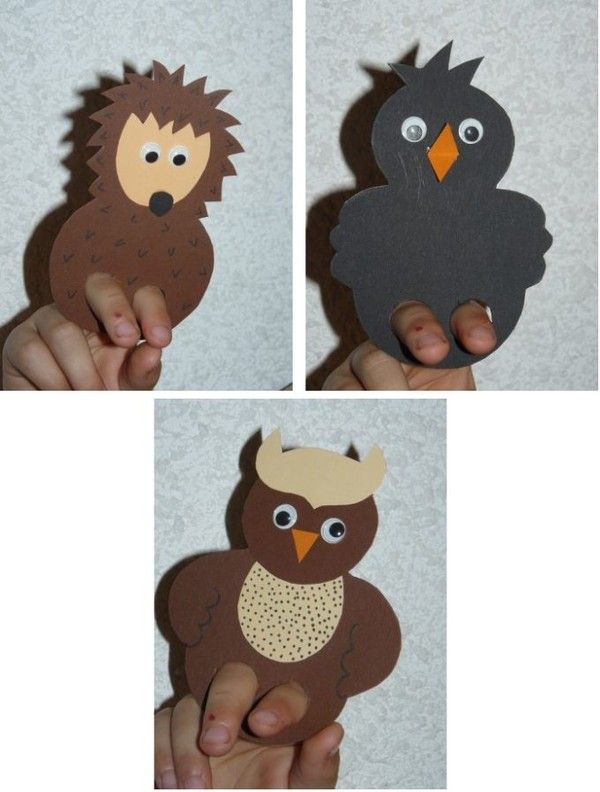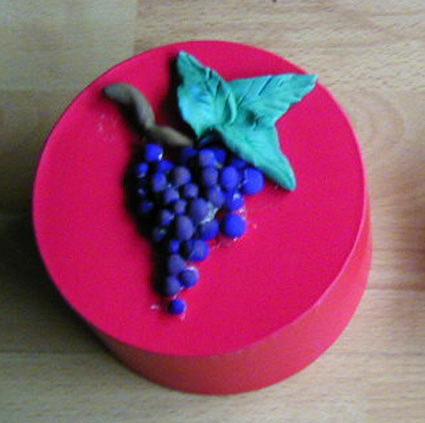A young teaching colleague @NahuelPGCE and myself discussed last
week the need to encourage children to take risks - informed risks - in language learning.
Take a look here.This is the simple chart that we created to demonstrate what we were thinking in the earlier stages of learning a language.
We had noticed in a lesson based on colours and preferences that children stopped learning when they felt "overload". We asked ourselves did we need as the learning facilitator to consider how to help all the young learners develop coping and learning strategies?
Strategies that allowed them to take risks in their language learning but armed with useful language detective skills.What would be more useful to have experienced vast amounts of content or strategies and skills to approach new and unfamiliar language successfully?
We discussed the "horizontal” plain that primary language learning affords us. How we can link our learning across the curriculum and revisit and build on language making links with other subject areas. We have the opportunity to take a “horizontal “
view of primary language learning.
This should allow us to explore simple content looking for learning opportunities across the curriculum. This may help us to create engaging language learning-both inclusive and challenging.
Primary language learning needs to be an integral part of
the curriculum and not an “add” on. From my privileged position I am able to see language learning
delivered successfully by class
teachers,teachers in school with language expertise,visiting teachers or fantastic
HLTAs! They all have a wonderful role to play and bring so much to the learning
of languages.
What works best in all these scenarios is when the language
learning is able to meld in with the primary curriculum or when approaches are adopted in language
learning that are familiar to the primary learning environment.
So what did we come up with?
Colour across the learning curriculum!
Nahuel
and I explored how to take specific content and explore language learning and
the skills we acquire as linguists without rushing on to the next topic or
content.
Here are our thoughts on teaching colours with Year 4
beginners on Spanish!
Introduce colours through familiar language learning games:
Create an opportunity to explore the sound and spelling of
colours:
Say a sound from a colour word and pick up the correct card and say the whole word back to the teacher or game leader.
Colour machines – what do the colours sound like as we add
them to our"imaginary" voice machines?
What actions do they make us do as a reaction
to the sound of the word? What word associations do we make with words and therefore what images
might we draw on a whiteboard as a visual outcome?
Can someone else guess our colour/ label our colour/redevelop in a different way our colour?
Colour challenges for partners:
Show a colour, say a colour.
Show a colour,say a colour, bat a different colour back to someone else.
Add two colours together and challenge someone else to say the colour they make
Investigate with a partner colours we want to say but can’t
yet and don't know ,by using bi-lingual dictionaries
Challenging a partner to label items with post its around
the classroom with colour identification labels.
All these clusters of activities above are about not “rushing by” but giving
the whole class a chance to inclusively access and practise the language and on
the way rehearse very useful language learning skills- recognition ,
repetition, pronunciation, recall, association of words, ways to access the
unfamiliar.
A class survey with options!
We discussed
the questions and responses that naturally fit with the content of colour and made sure these would be question that the children would find useful.
What
colour is it?
Can you find me something ……?
What colours do you like? / not like?
Have you got a favourite colour?
Again we considered how we would stage this learning
and engage all our learners, setting different staged challenges with the
questions in a class survey. Giving the children a choice as to what they asked
and how they answered , encouraging autonomy with limited and simple language.
Getting creative with colours
We wanted to make the learning of colours creative and link
to the rest of the primary curriculum and continue our "horizontal" journey to
allow the children to explore their knowledge of the content but see how it can
be used to communicate creatively.
Haiku and colours to describe a scene
So we decided upon a haiku poem challenge –
describing a visual picture such as a beach, a garden,a park or a mountain view-using
the limited amount of colours and language they know and applying the rules of
Haiku to the process.
At the start of this blog I mentioned that we were exploring
colours in Spanish and I had recently written a blog on the Matisse Cut
Outs exhibition at the Tate (which could be used in any target language activity). We felt
it was important that we explored Spanish art here as these young learners are
beginners and we wanted them to have a taste of Spanish culture. So we decided
upon Joan Miró.
The colours of a Joan Miró piece of Art

- Take an A3 piece of paper – blank sugar paper and insert for children (who would be working in twos) a work of art by Joan Miró.This must be in colour and
printed on an A4 piece of paper.
- The children are practising their writing of
the colours and must draw arrows to the edge of the A4 paper and onto the A3 paper, where they clearly write the name of the colours in Spanish- but in the style
of the artist if they can and possibly copying the shape the colour has been painted.
- Now all you have to do us take away the A4 paper, put all the A4 pictures on
the wall – number them in Spanish- and make sure everyone can see them. Ask the
pairs to remember which is their A3
written document and hand the A3 sugar paper to another pair .
- Can they
identify which A4 painting matches the sugar paper?They record their decision
and pass the sugar paper on to another group.
- At the end of the activity you
can have a big reveal and match the written A5 papers and the A4 paintings
together.
Word Art or Calligrams using Colours of Joan Miró
This leads really well into Word Art or Calligrams!
Nahuel is
a Manchester University PGCE Primary ITT and Clare Seccombe @vallesco and myself work
with the students as day tutors. Clare wrote this blog called magical miro about an activity she observed another of the students deliver on one of our
trips to Hursthead Primary School this year.It would make a great way of
generating the children’s own creative display and written form of Joan Miró art work …. finishing off nicely our “horizontal” exploration of a content
focus in primary language learning which has hopefully given young language learners to explore lots of ways of developing their language skills and knowledge.

























